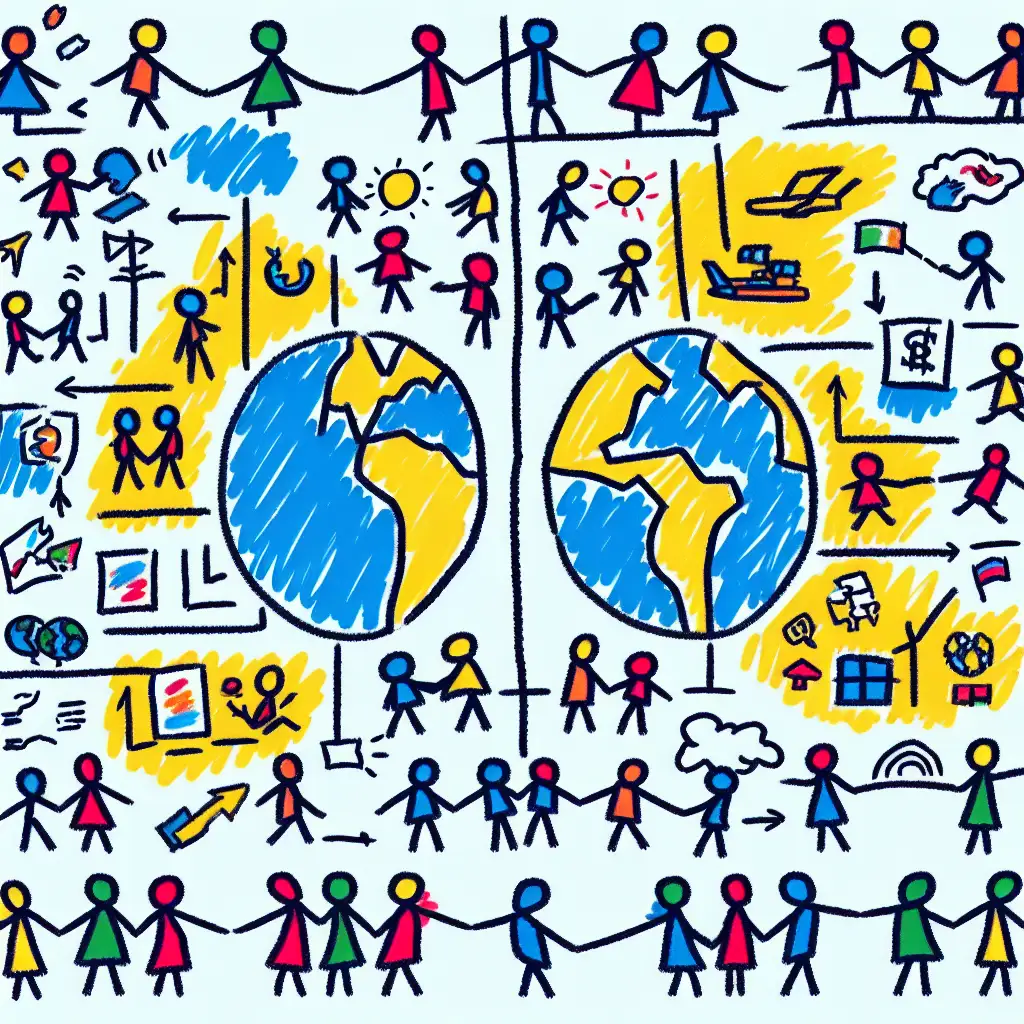How India-U.S. relations are shifting

Explain Like I'm 5
Imagine you and your best friend have a favorite game you always play together. But one day, your friend decides to change the rules a bit, and you don’t like the new rules at all. Because of this, you start playing less and less together. This is kind of like what’s happening between two big countries, India and the United States. They used to get along really well, but then the United States, during the time when President Trump was in charge, decided to make it more expensive for India to sell things in the U.S. through something called tariffs, which are like extra fees. India didn’t like this new rule, so they’re not as close as they used to be. They still talk and play sometimes, but it's not like before.
Explain Like I'm 10
India and the United States were like two classmates who shared their snacks and played together nicely. However, a few years ago, when President Trump was in charge, he decided that America should charge more money (these are called tariffs) on products coming from other countries, including India, to protect U.S. businesses. Imagine if you had to pay more money every time you bought a snack from your friend’s snack shop; you’d probably buy less, right? That’s how India felt, and they weren't happy about it. This made things a bit awkward between the U.S. and India, and they didn’t cooperate as much as they used to. Although they still work together on important stuff and are big trading partners, there’s a bit of tension that wasn’t there before.
Explain Like I'm 15
For many years, the United States and India have been building a strong relationship, cooperating in areas like trade, defense, and technology. However, this relationship faced some challenges during the Trump administration, particularly due to the U.S.'s decision to implement higher tariffs on Indian goods. These tariffs are essentially taxes imposed on products imported from other countries, intended to encourage American consumers to buy domestic products and protect U.S. industries from foreign competition. This move by the U.S. was seen as unfriendly by India, which felt that it was being unfairly targeted.
The tariffs led to a cooling of relations, as India responded by imposing its own tariffs on U.S. goods, leading to a trade tiff. While trade remains a significant aspect of their relationship, this tariff war has introduced a strain that wasn't as pronounced before. The broader implications of these tensions are significant because both countries play crucial roles in global economic stability and are pivotal players in geopolitical strategies, especially in relation to China’s rising influence. Moving forward, experts like Evan Feigenbaum from the Carnegie Endowment for International Peace suggest that the relationship could see further shifts depending on how both countries navigate trade policies and their strategic interests in Asia and beyond. The next steps could involve negotiations to reduce these tariffs, but the long-term impact on bilateral ties will depend on broader diplomatic interactions and mutual interests in a rapidly changing global environment.
Want to read the original story?
View Original Source